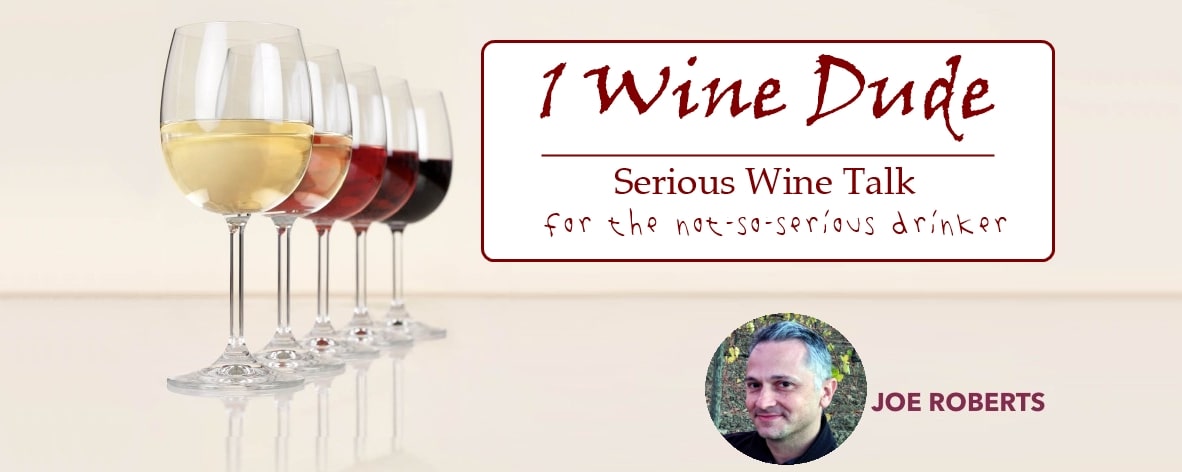“To make wine is a matter of responsibility.”
Josetta Saffirio‘s 5th-generation vintner Sara Vezza has one of those life outlooks that might only be possible in places like Barolo.
The kind of outlook that balance the contemporary and the historic; the kind that seemingly sprouts up directly from the ancient soils of the Castelletto, Ravera, Perno and Bussia Barolo sub-zones like the vines that source their wines.
Vezza’s great-great-grandfather moved into this region of Piedmont to start the family business. Her mother was Josetta, who took over said business while she was just in her early 20s (in the 1970s). Josetta, by all accounts, seems to have been an unstoppable force: she modernized the business (after studying as as an agronomist), with her husband (who was a winemaker). They contemplated selling the entire business in the 1990s, prompting Sara to request taking over to save the business, despite having no background studies in wine-growing.
Sara’s first harvest was in 2002 (a difficult vintage to make a debut). Over the last 20 years, Josetta Saffirio has grown exponentially, adapting to sustainable and organic (not certified) vineyard practices (“You want to live in a healthy place” she noted during a recent online tasting, which she joined fresh from the 2025 harvest (a not so difficult vintage).
White orchids are now planted on the estate (images of which grace their labels). The flower is very sensitive to the environment, so is somewhat symbolic of their more recent ecological focus. Under Sara’s leadership, they’ve built a new cellar, as her father wanted a building that gave “the best result with the least effort.” Josetta Saffirio produces about 65% of their electric needs themselves via solar, in an attempt to inspire other producers in the area to follow suit, according to Sara.
Mostly red wines are produced by Josetta Saffirio, but they also sneak in some other styles (including sparkling). 6.5 ha of their estate is dedicated to Barolo production, with their major export markets being countries that need Barolo’s powerful warming effects during the chilly Winter months (Sweden, Denmark, Norway, Finland, and Canada). On the business side, the family is now partnered with Renzo Rosso (an entrepreneur famous for founding the fashion brand Diesel).



2020 Josetta Saffirio Barolo del Comune di Monteforte d’Alba, $60
Sourced from vines with a Southeast exposure siting at 300-380 meters in elevation in Monforte d’Alba, on limestone marl soil with sand and silt, this 100% Nebbiolo is hand-harvested, and aged in large format oak. Sara described it as “our Barolo classico, and the most important Barolo we make. It’s a sort of business card for us.” It sees 10-20 days of skin contact (“it really depends on the harvest”). Earth, leather, dried herbs, incense, cedar, dried rose petals, redcurrant, and red plums all grace the nose. Quite elegant in the mouth, with excellent balance between plummy fruitiness, spice notes, structure and vivacity, it’s sports a leathery, spicy finish that has wonderful length and energy. It feels both modern and classic.

2017 Josetta Saffirio Castelletto Millenovocento48 Barolo Riserva, $160
Sourced from “our most important vineyard” (according to Sara), planted in `48 after the War, with about 80% of the vines being original plantings. It sees 30-45 days of skin contact, and is aged in Slavonia oak. About 2,000 bottles were made. It shows a more concentrated and focused nose than its less expensive sibling, with darker plums and riper currant fruits. Cigar, lots of crushed/dried rose and violets, fine leather, some game, hints of toast, grilled orange peel, and lovely incense also weave in and out. The palate entry is fantastic—silky, seductive, and laser-focused in its freshness and pluminess. Then, it focuses even more and becomes linear in its presentation of structure, elegance, finesse, and acidity. The finish is chewy, a bit grippy, and mineral. This is sinewy and powerful, yet flowing and elegant, like a demanding ballet performance.
Cheers!




I really enjoyed this article. So articulate in capturing the essence of this estate, the subtle blend of family, vineyard and winemaking practices, terroir, history, and markets that has resulted in such wines. Thank you for bringing it alive so vividly. I’ve never tasted these wines, but I am already a fan!
Grazie!
Thank you for sharing! Beautiful read! Love seeing the same care for sustainability that we celebrate on our Kelowna wine tours. Cheers from the Okanagan!